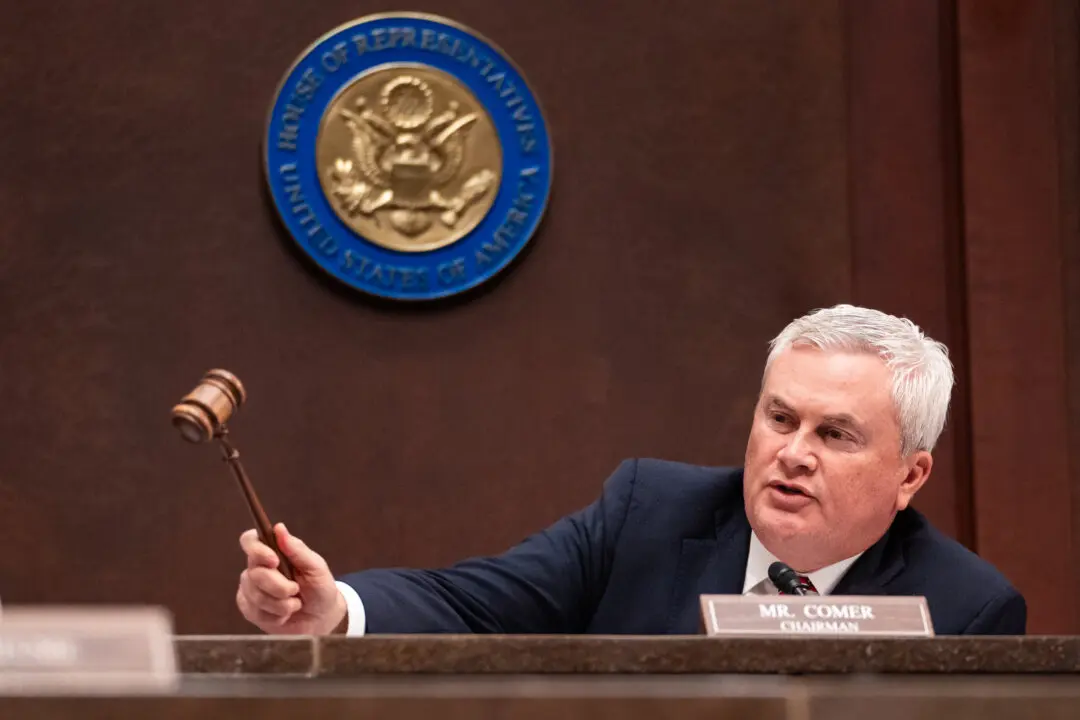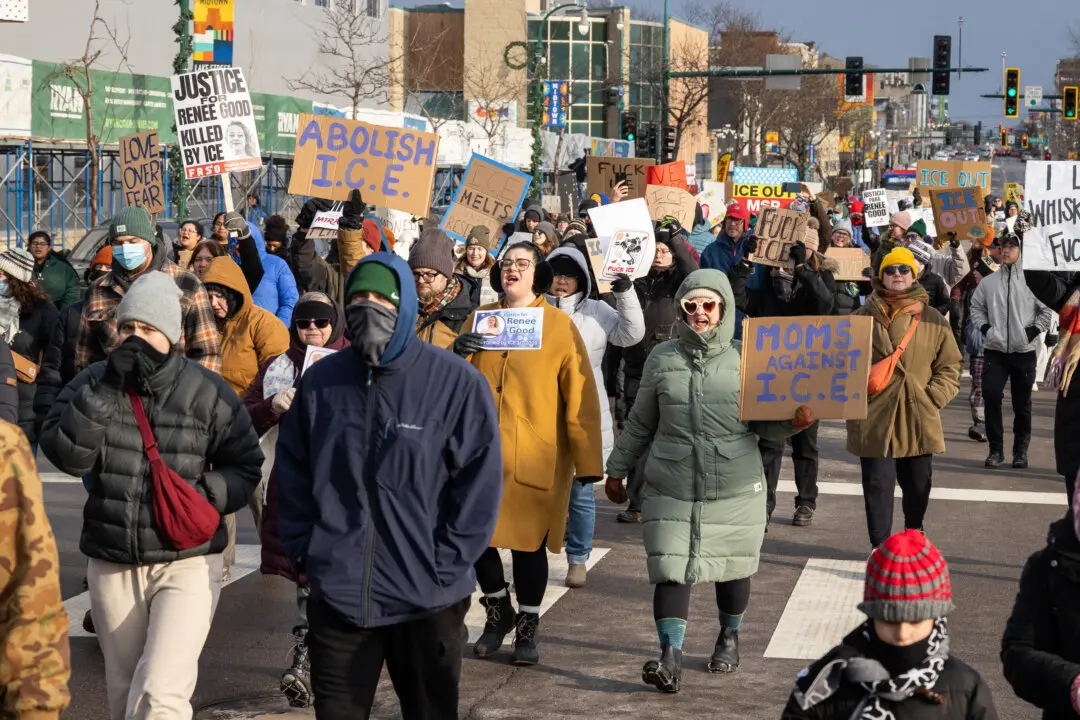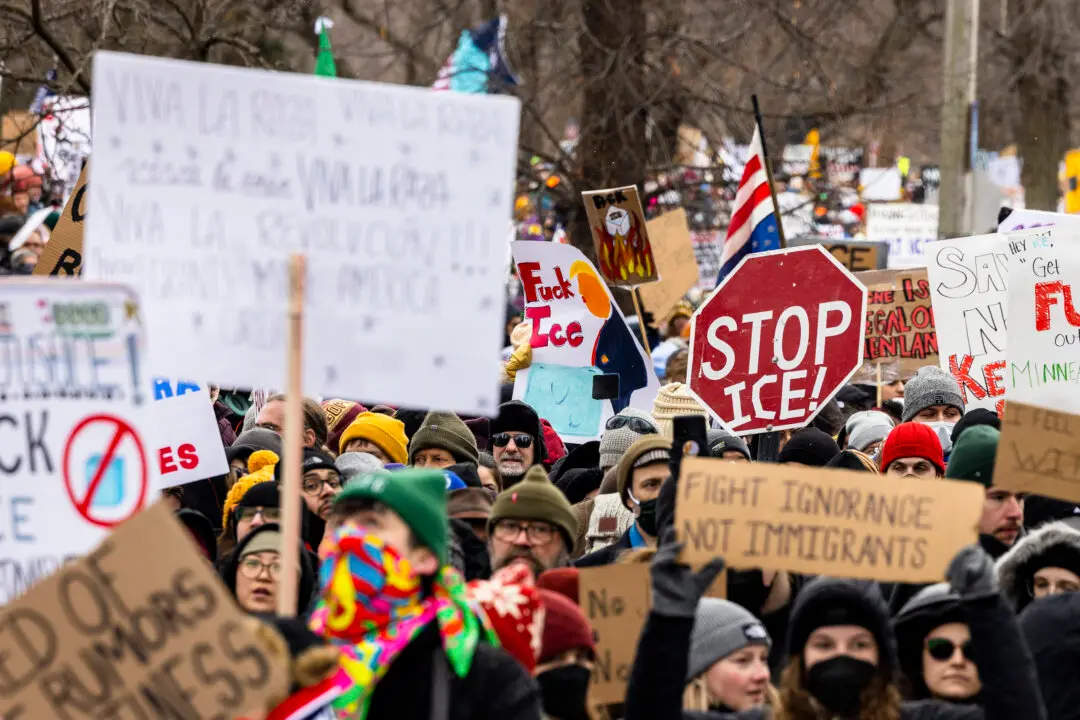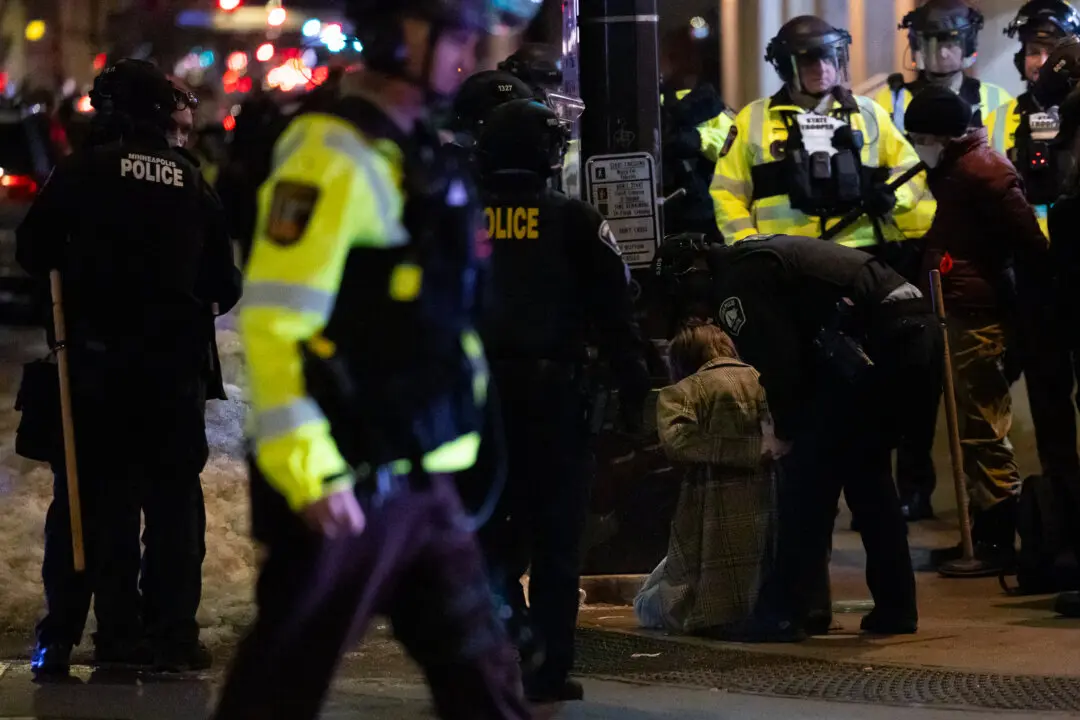In a 5–4 decision, the U.S. Supreme Court vacated a district court’s decision to strike down the Trump-era Section 401 Certification Rule for the Clean Water Act, thereby reinstating it.
The decision granted an emergency stay, responding to an application filed on March 21 by a group of states and energy industry associations against an October decision from the Northern District of California.





